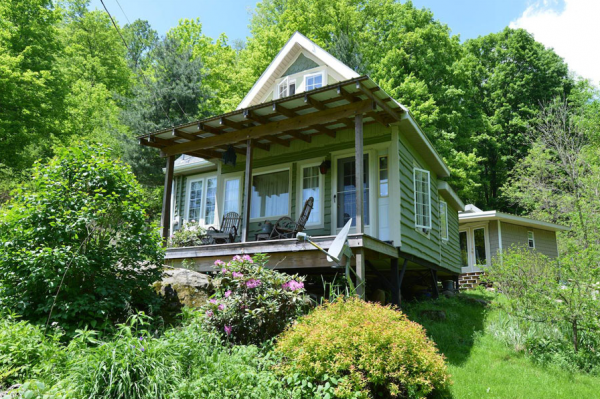Ron and Sue, a couple from Millersburg in Ohio, live in the most gorgeous and tiniest house I have ever seen. And it’s all handmade! They call themselves “old, idealistic dreamers” and their goal is to change the world. They have been married for 29 years and they used to have a 900 square feet, but they decided to change in favor of “small living experiences” in order to help other families redefine the concept of standard living.
The are not the only ones in this quest of the Tiny House Movement, which seems to be gaining momentum at a global scale. Here are some photos of their bright, retro and tiny dream house. Ron and Sue began to build their tiny home in 2001, all by hand. Six years later, their charming, money-saving, earth-friendly home was complete!
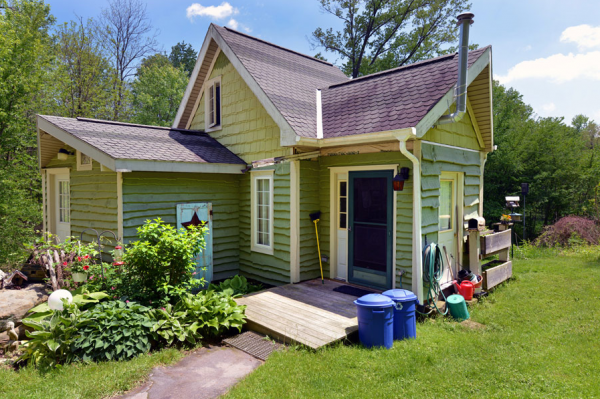
This creative couple call their lifestyle a “movement towards rational habitation.” They hope to inspire conversations about tiny, alternative living.
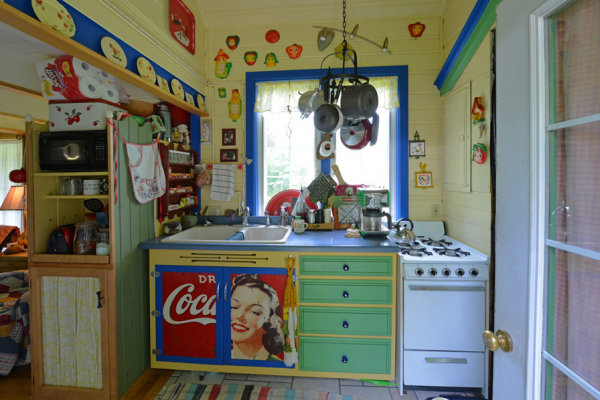
Their motto perfectly captures the Tiny House Movement: “Live small to have it all! Live rich with just what you need!”
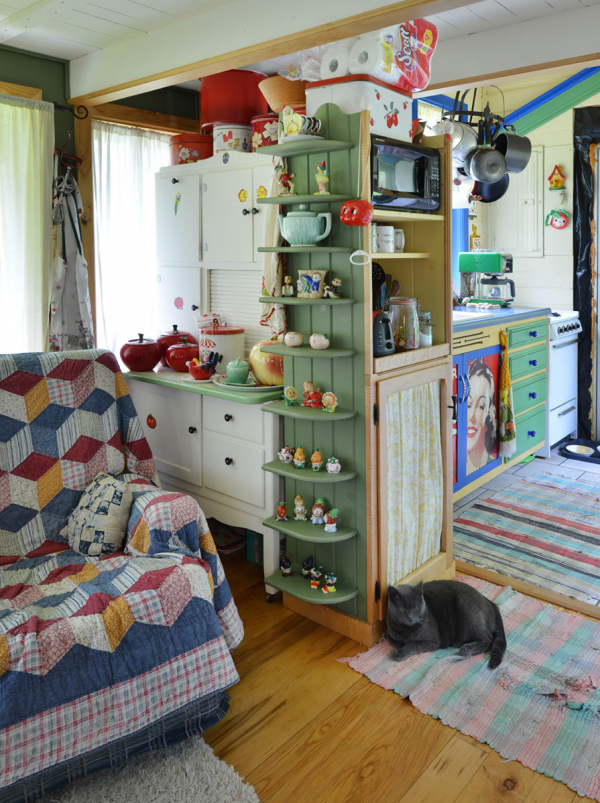
Tiny houses first attracted attention during the housing crisis caused by Hurricane Katrina. “Katrina Cottages,” 308-square-foot shelters that resembled traditional homes, were much preferred alternatives to the FEMA-issued trailers.
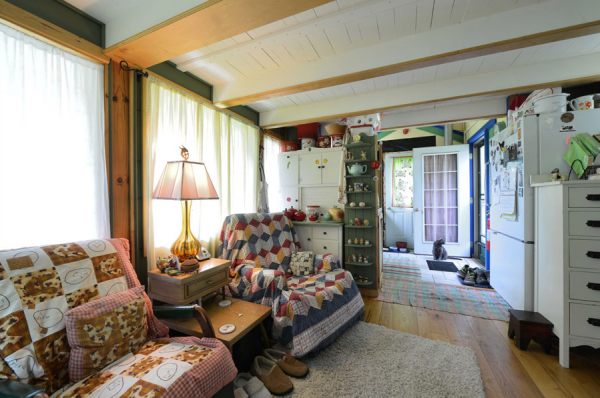
The “Katrina Cottages” were the perfect response to the crisis; cheap and easy to build, many units could be produced in a very short amount of time.
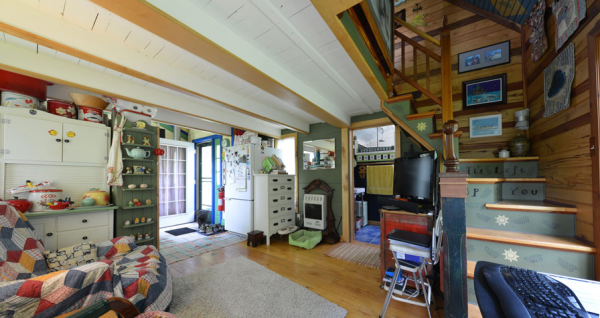
Later, following the financial crisis of 2007, families began to rethink traditional housing. Was there a more affordable, ecologically friendly way to live?
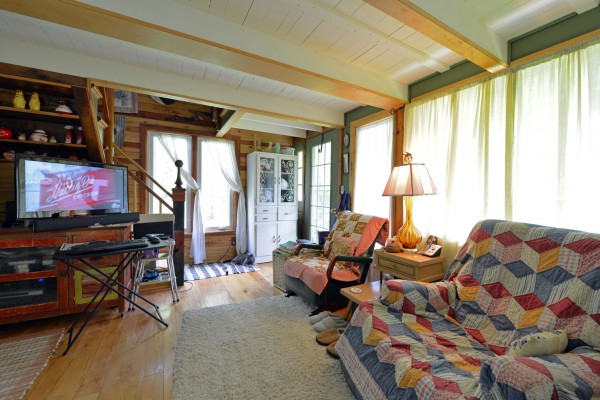
Despite a decrease in the average family size, most homes measure 2,479 square feet. You could fit 11.3 tiny houses in one single-family home! Many people began to wonder if that amount of space was really necessary.
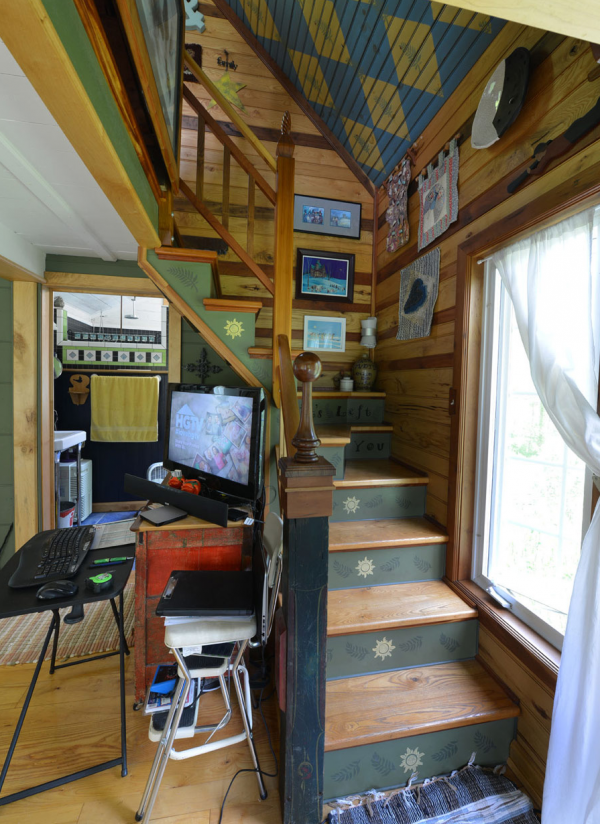
In addition to cutting down on space, tiny homes save a ton of money. A typical single-family home costs around $272,000. After interest, taxes, insurance, and maintenance, that number grows to about $480,000.
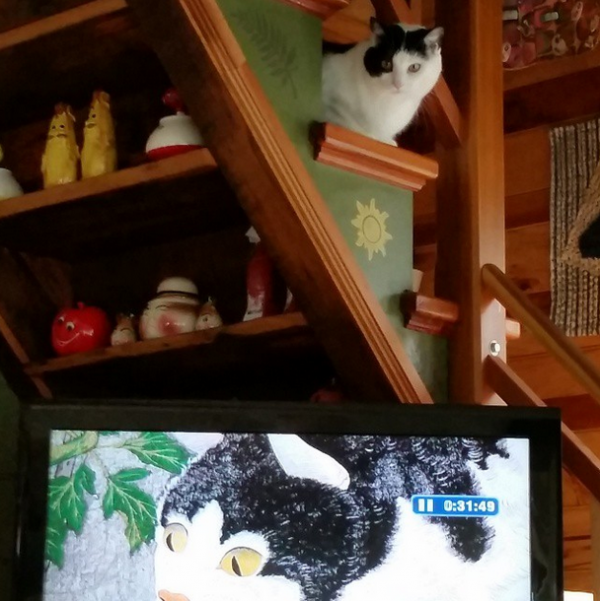
But the average tiny home, on the other hand, costs only $23,000 to build. Because of this, most tiny home dwellers have an average of $10,000 in their savings accounts.
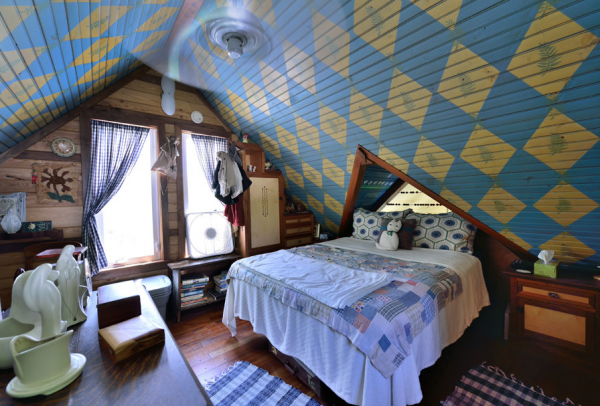
Additionally, owners of tiny homes tend to have little to no credit card debt.
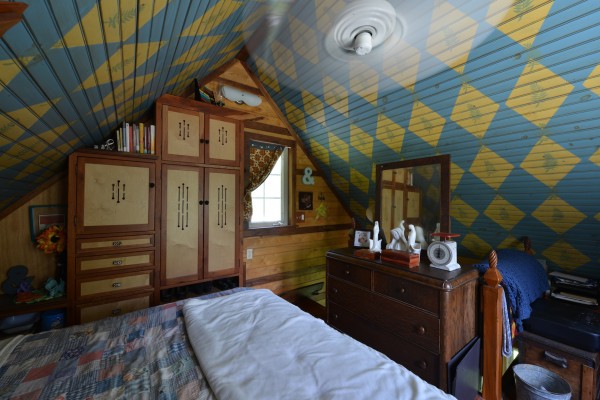
>Tiny houses are also very versatile in their use. Some families build them as on-property additions for their aging relatives or children returning home to live.
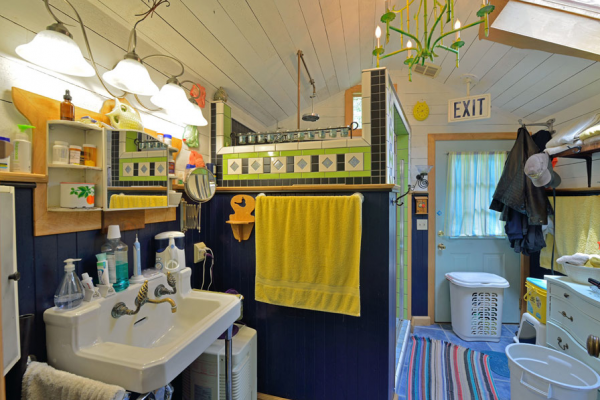
They can also be used as city shelters for homeless citizens, as they help to offer residents a transition towards self-sufficiency.
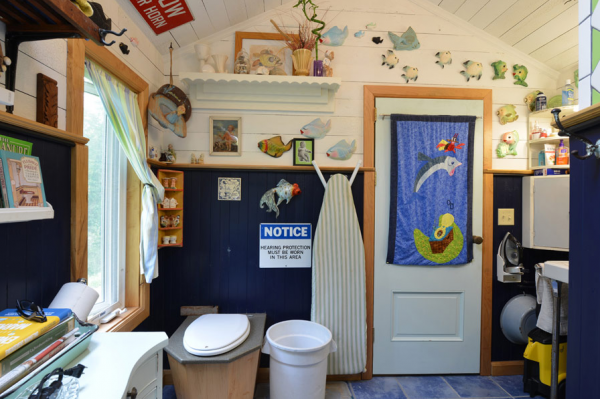
This Tiny House Movement isn’t unique to just America. Tiny homes have been found in Japan, Spain, Britain, Germany, and Russia.
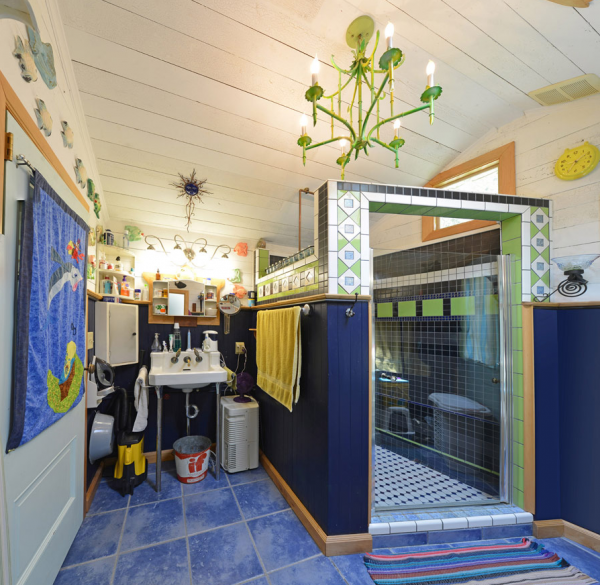
Tiny houses might not become a standard for many years to come, if ever, but they’re definitely raising some interesting questions and inspiring new perspectives.
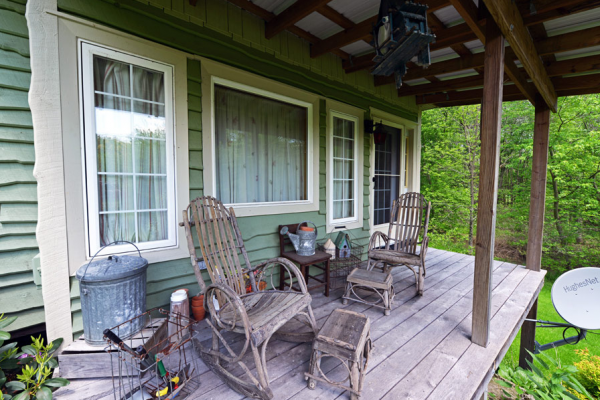
But what will never change is the old adage, “Home is where the heart is.” Though these houses are small, they’re definitely bursting with heart!
